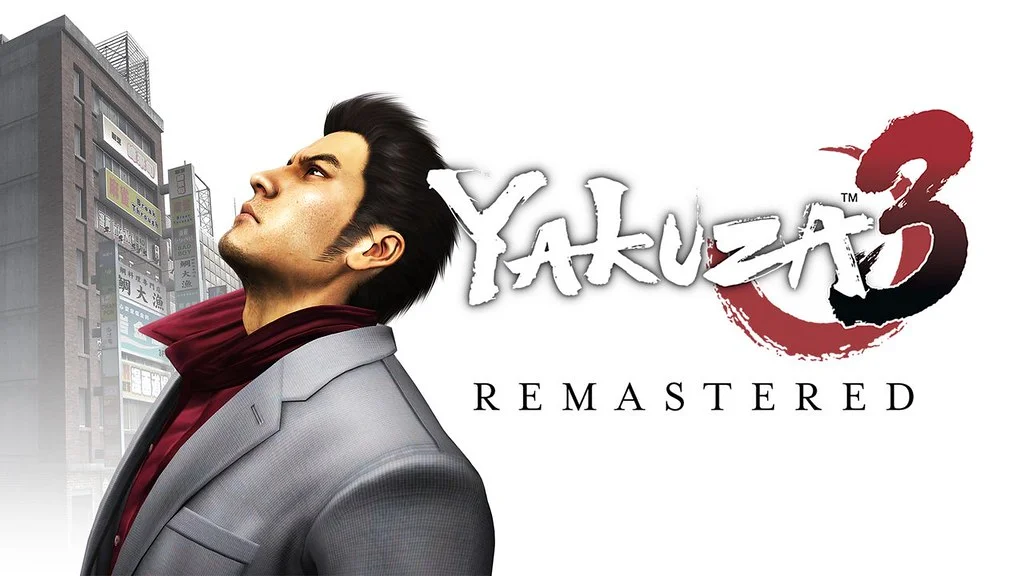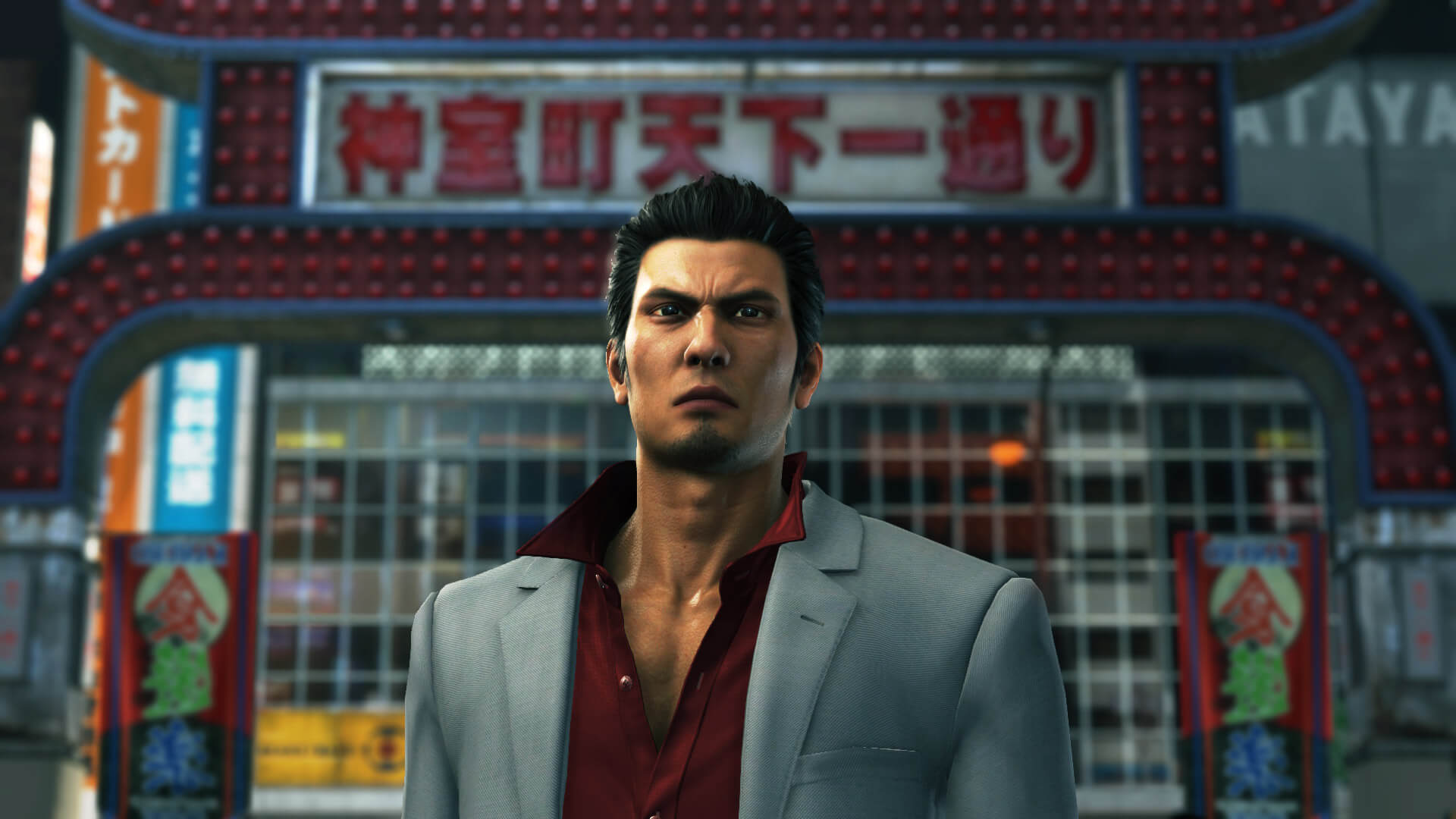Schlagwort: yakuza
-

The evolution of the Yakuza series
Reading Time: 8 minutesSega’s Yakuza is one of the most distinct and charming story-driven action-adventure franchises out there. The series is unassuming at first, mostly seeming like a straightforward action-crime drama. However, each game betrays this first impression, weaving a masterful blend of beat ‘em up combat, intriguing stories full of twists, memorable characters, absurdist…
-

Yakuza: Like a Dragon — Meet the heroes of tomorrow
Reading Time: 6 minutesHi, everyone, I’m Masayoshi Yokoyama. I’ve been the writer, sound director, and worked on producing all the numbered Yakuza games in the series since the first Yakuza in 2005. From Yakuza 5 and on, I’ve also been the chief producer, including the upcoming Yakuza: Like a Dragon. The world of the Yakuza…
-

Yakuza: Like a Dragon – Begegnet den Helden von Morgen
Reading Time: 6 minutesHallo zusammen, ich bin Masayoshi Yokoyama. Ich bin der Autor und Sound Director und habe an der Produktion der zahlreichen Yakuza-Spiele der Reihe seit dem ersten Yakuza 2005 mitgearbeitet. Seit Yakuza 5 bin ich außerdem Chief Producer, so auch beim bald erscheinenden Titel Yakuza: Like a Dragon. Die Welt der Yakuza-Reihe wird…
-



